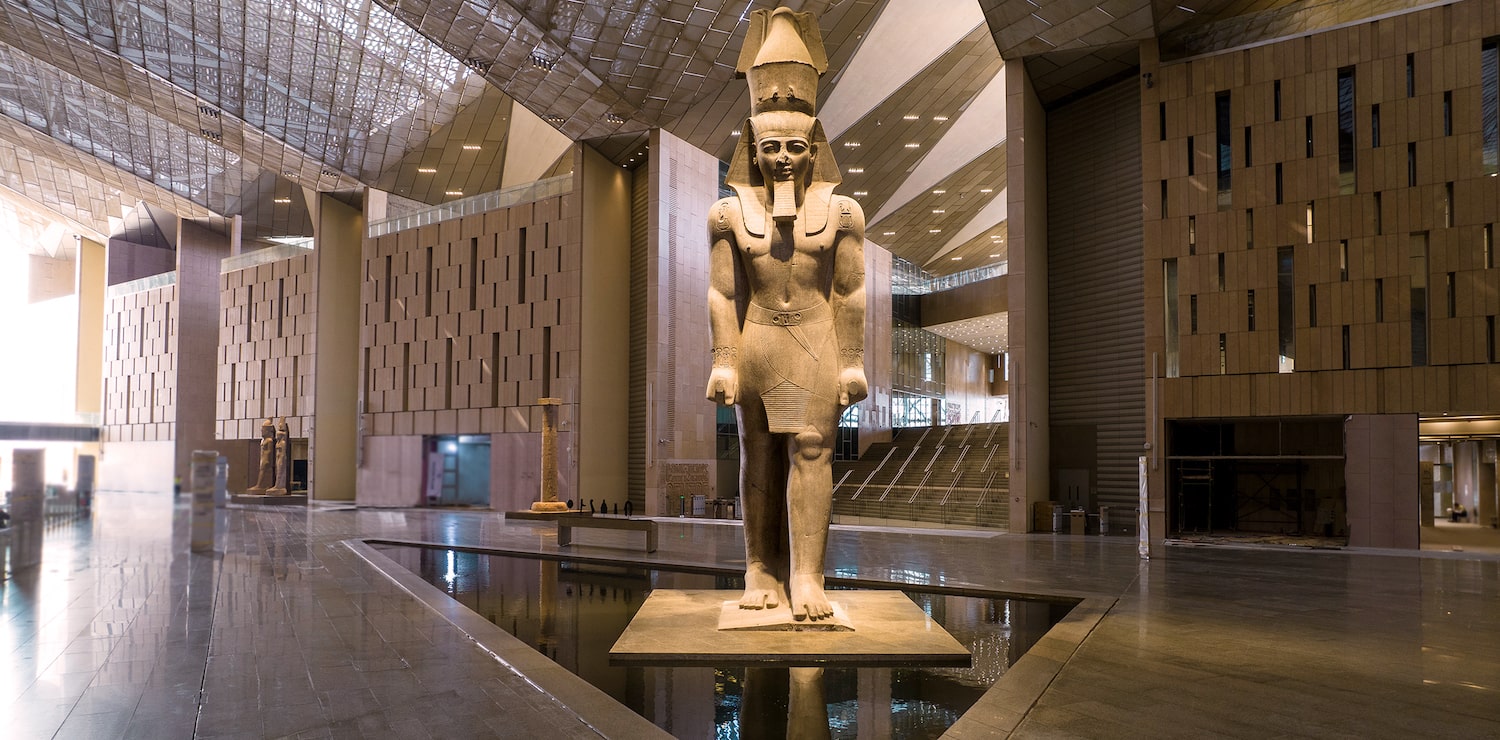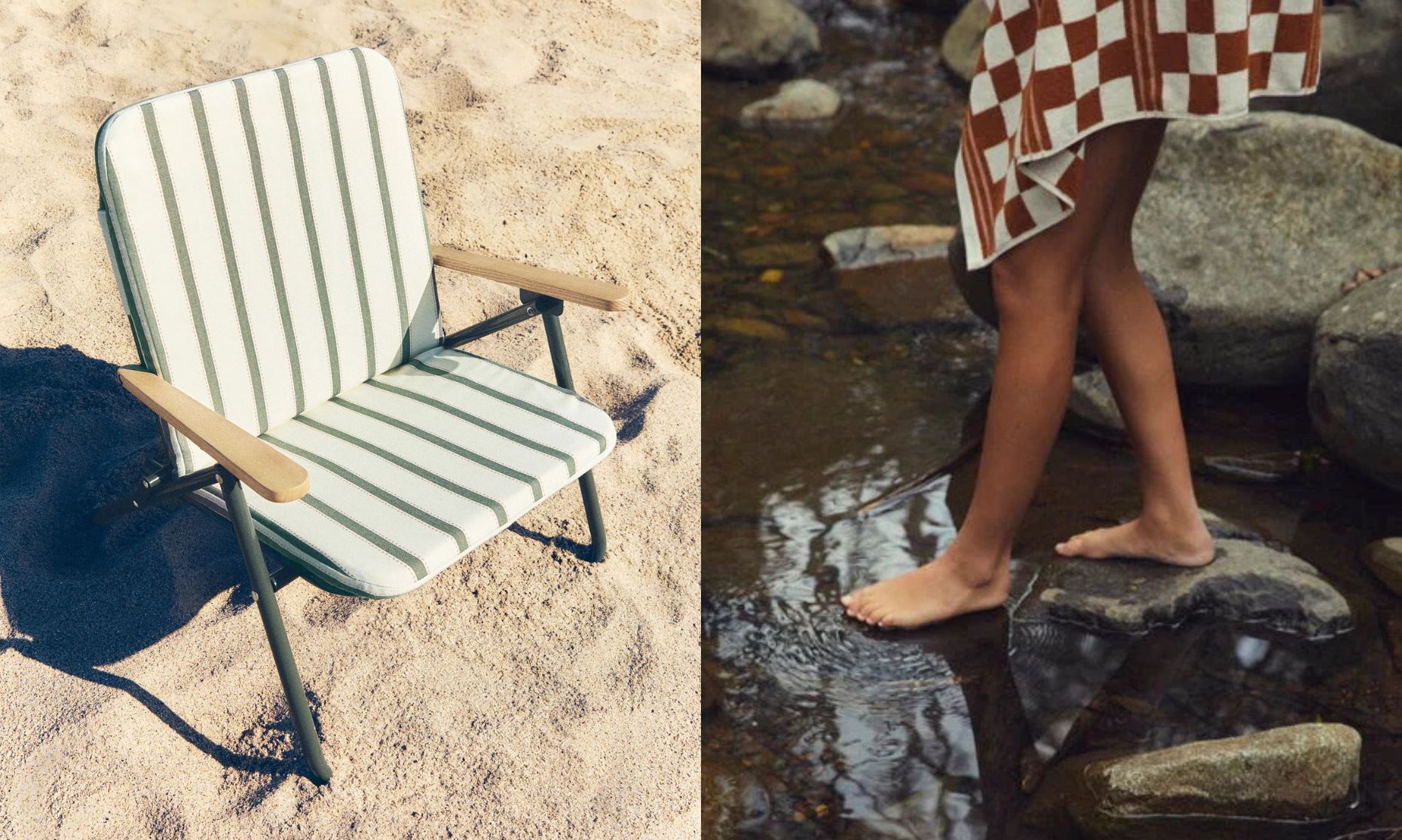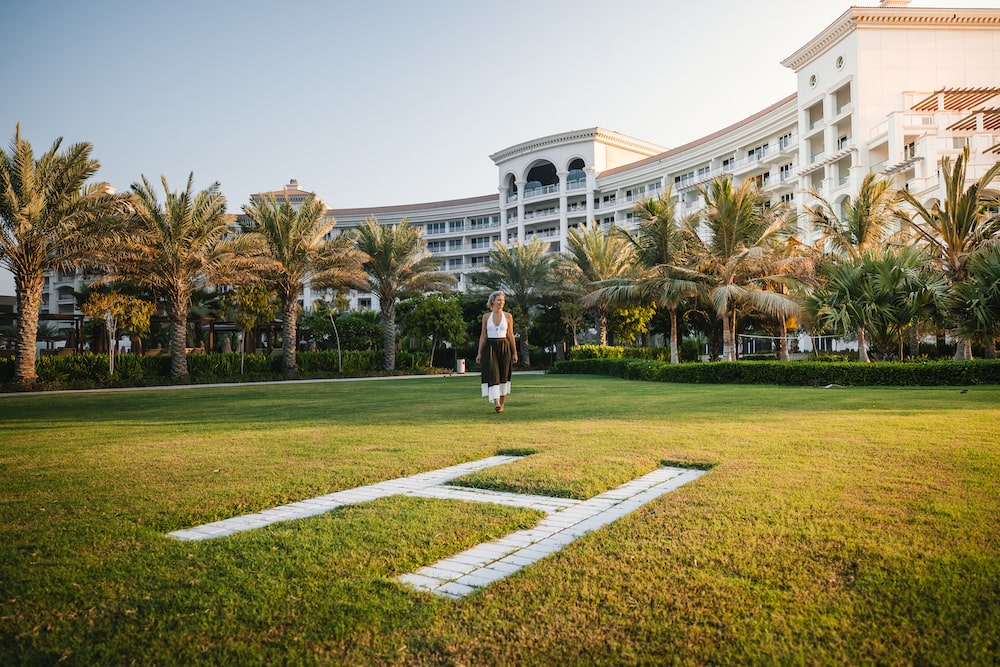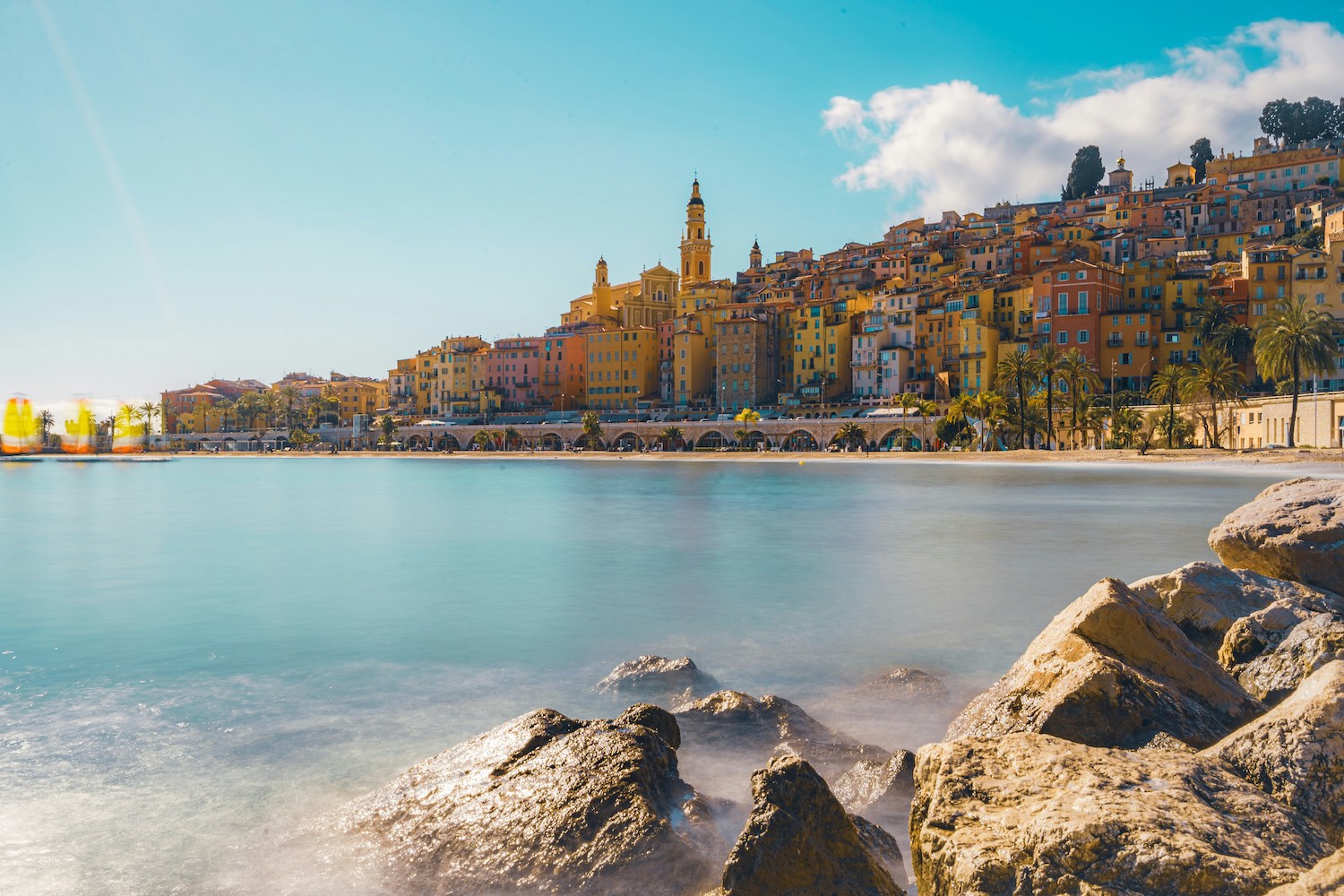Vienna is celebrating 200 years of Johann Strauss II with a glamorous roster of music, dance and events
4/17/25
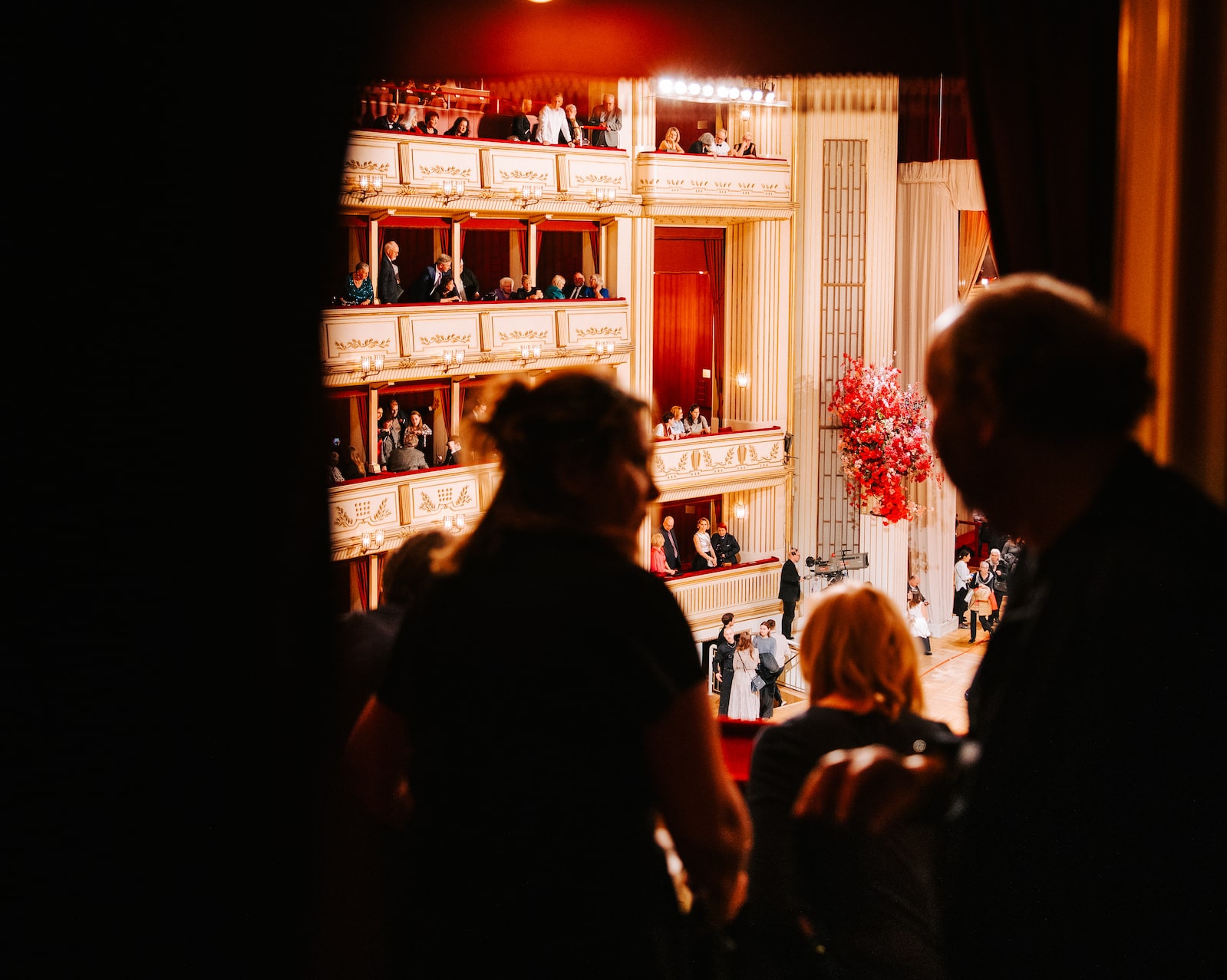
The whole of Vienna is celebrating 200 years of The Waltz King – in ballrooms, on stages and in the streets, offering the most refined and cultural European escape of 2025
Isabella Craddock
Most will be familiar with the music of Johann Strauss II. The tinkle of The Blue Danube is a familiar accompaniment to films, cultural moments and dance halls, and his library of classic waltzes has been rousing orchestras and dancers across the world. In 2025, the world is celebrating the King of the Waltz’s 200th birthday, and nowhere is this more evident than in his Queen of Music, the timeless imperial city of Vienna.
Austria’s capital sets the stage for the celebrations, seeing the city come alive to mark one of the most famous Viennese figures in history and an international superstar. Once the centre of the mighty Austro- Hungarian empire and the seat of the Hapsburgs, Vienna charms with its Baroque streetscapes, which set the scene for imperial palaces, ornate coffee and opera houses, ballrooms and concert halls. Artistic and musical masterpieces were created in this city, but the second Johann Strauss’ legacy is unrivalled. Lured with its grandeur of times gone by, where locals dance the Viennese Waltz and the sound of string ensembles ring through the the city, we boarded the six-hour direct flight to Vienna from Dubai. We quickly stepped into an enchanted world of a time gone by, with the King of the Waltz ever present.


Johann Strauss’ Vienna
Continents and centuries were no limit to the success of Johann Strauss II, who was born on October 25, 1825. To celebrate, Vienna is putting the spotlight on the composer, a man who inspired the city to dance, and a reflection of Viennese attitude to life. Strauss was the pop star of his day. He was more famous in his time than anyone else. His work took him to the royal palace of Vienna, and further afield – composing and performing for the Russian Tsar and imperial court, and again in the US, where his fan base swept far and wide. His influence was felt across the globe, shaping entertainment culture and, one of the first cult figures.
Stauss’ legacy of joy and frivolity is still genuinely felt in Vienna today – a phenomenon in a modern and globalised world. The base for our stay is the Palais Coburg, the former palace of the Saxe-Coburg family, now a slightly creaky, wonderful hotel filled with imperial memorabilia. The hotel houses 35 suites, a two Michelin-starred restaurant, grape cellar with 60,000 bottles and a concert hall, where Strauss performed two of his works. We peek behind a grand door to see where the German nobles once lived: a towering red-carpeted marble staircase leads to a maze of old state apartments – now used for events. Each gilded room has dusty, imposing oil paintings, chandeliers, ornate panelling and dust sheets hiding antiques. Its picture windows and terraces look over the entire city of Vienna.
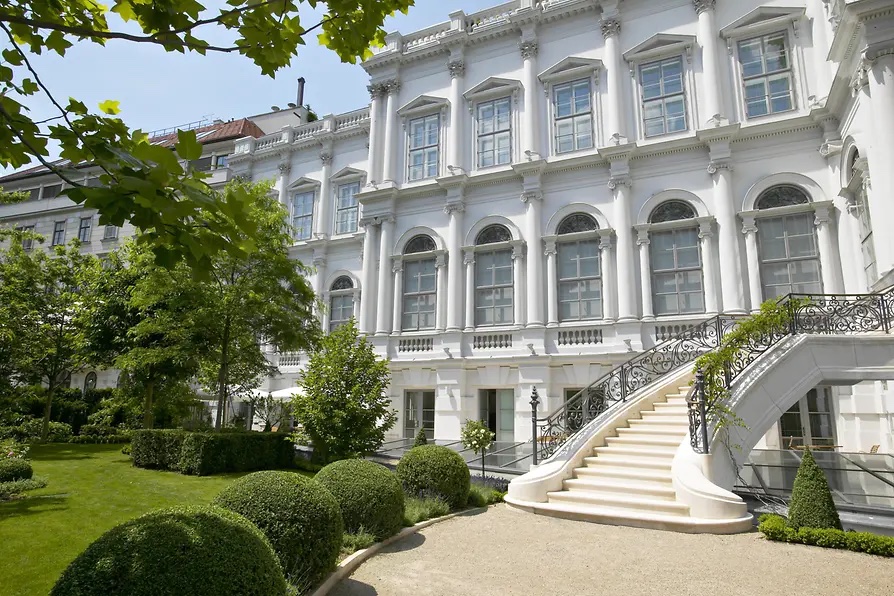
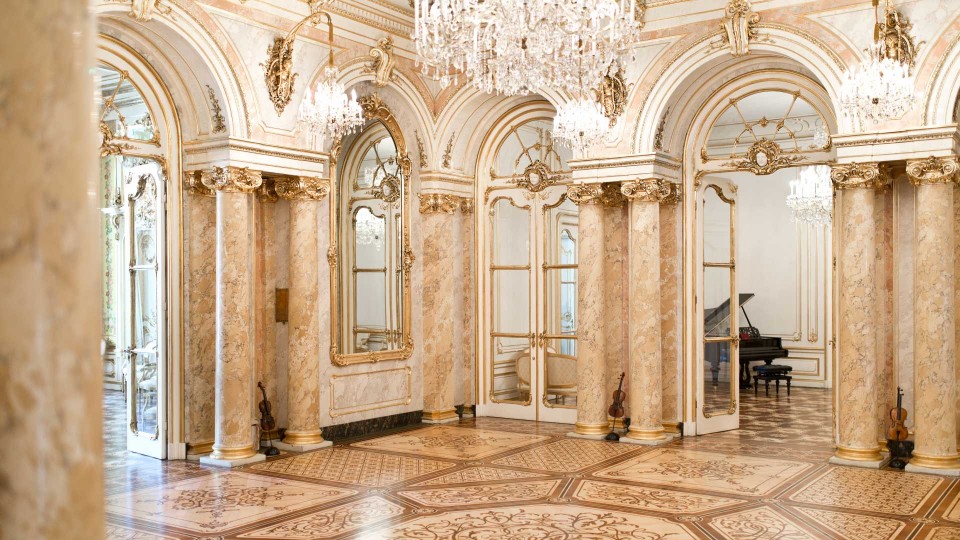
Strauss’ life began in Vienna, his Queen and the world capital of music. Only here could geniuses such as Mozart, Beethoven and Strauss express the full extent of their creativity. Today, this passion for music and culture still pulsates throughout the streets. Vienna’s stages attract 10,000 visitors a night, and 2025 will see more than before. Stauss’ most famous work is undoubtedly The Blue Danube Waltz, the unofficial anthem of Vienna and its ethereal melody which seems to follow us around the city.
You’re never short of Strauss immersion activities in Vienna. Even wandering down its elegant boulevards, past musical museums and cultural attractions evokes a feeling of this regal era. We start with a walking tour, past the Vienna State Opera and the Musikverein, stopping in Café Schwarzenberg – a 19th-century Viennese coffee shop reminiscent of the golden times of the Ringstrasse era. We sip hot chocolate and enjoy apple strudel, warmed in armchairs under the soft glow of flickering candelabras. From there, we wander past the Vienna Opera House, illuminated as dusk sets in, preparing for its nightly performance, and hop on the (very efficient, safe and clean) metro to see where it all began.
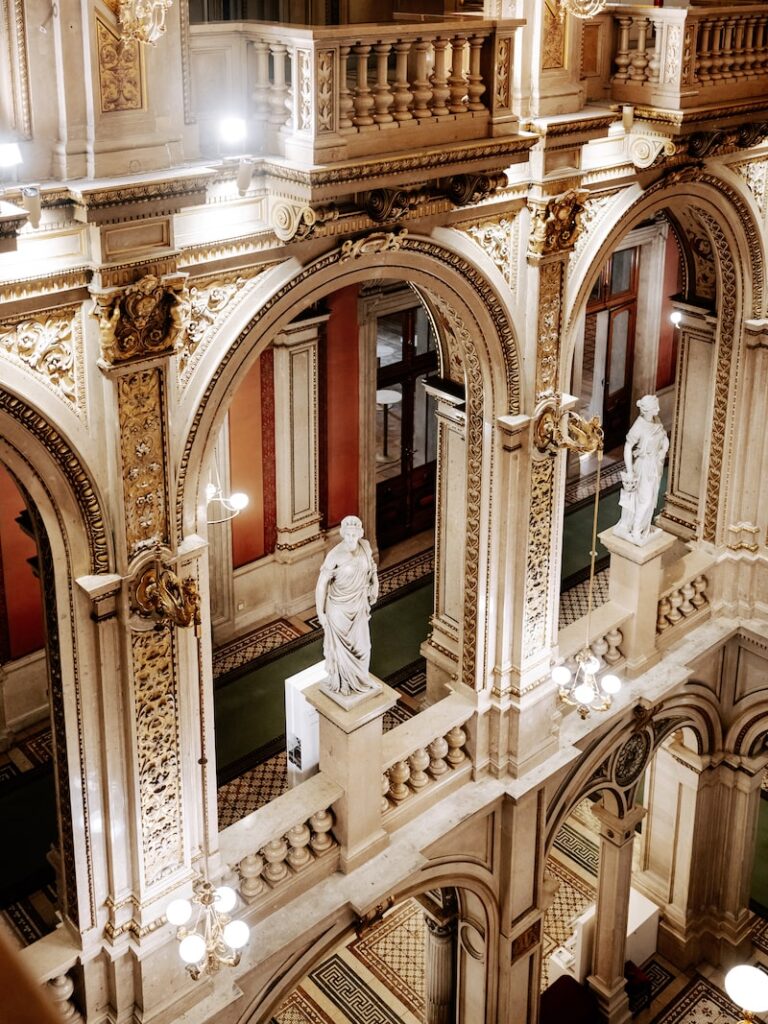
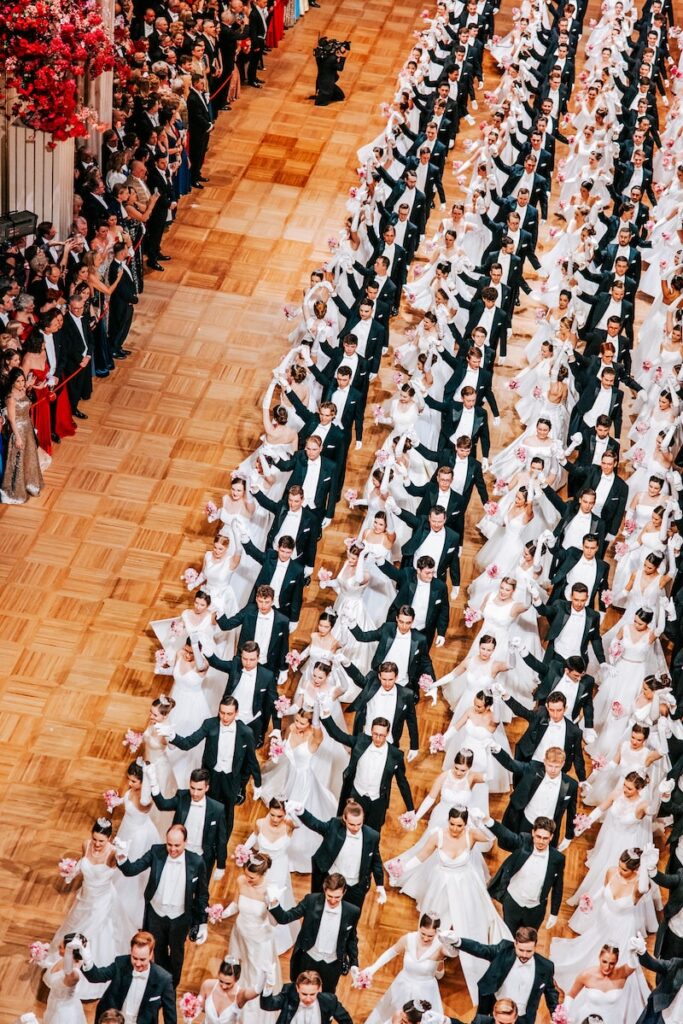
The Johann Strauss Apartment lies in Praterstrasse, a short ride away from the opera house. It was in this apartment that Strauss composed his famous Danube Waltz. We enter via an almost hidden entrance to his residence on the Beletage – the most exclusive floor showing his wealth and standard. The space now shows an exciting exhibition, with a beautiful furnished living room, period green wallpaper, a piano, his own violin and paintings depicting raucous parties and family life in the house.
Praterstrasse remains one of Vienna’s most salubrious neighbourhoods, and a two minutes walk away lies Cucina Itameshi – the city’s most-talked about new restaurant where bookings are made weeks in advance. The quirky space serves Japanese- Italian (think udon cacio e pepe and beef carpaccio with wasabi) – in a former dance hall, complete with a vinyl player spinning Seventies disco remixes and twinkling chandeliers. It’s the perfect embodiment of Vienna’s illustrious and heritage-rich past, but edgy and experimental present and future.
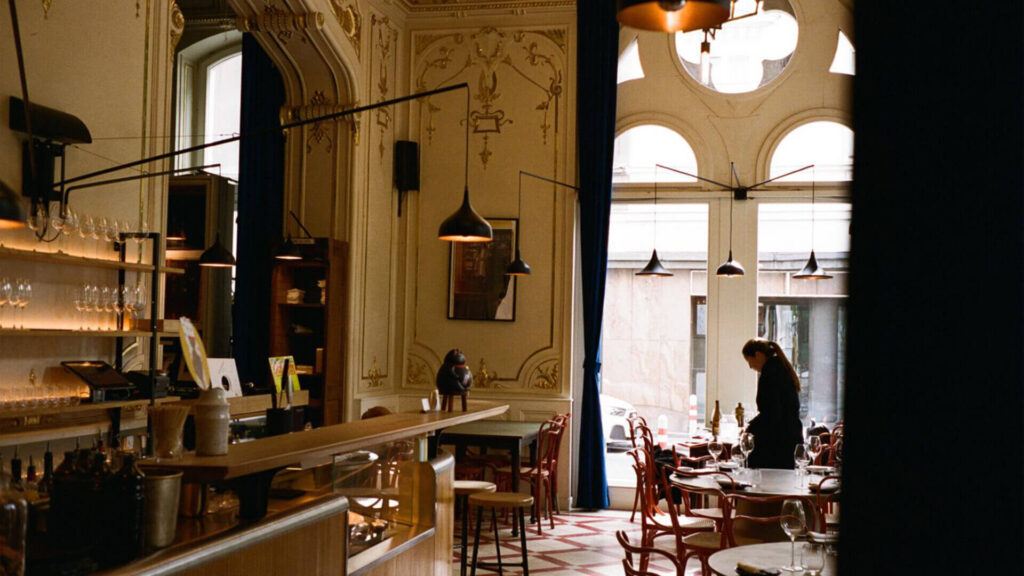
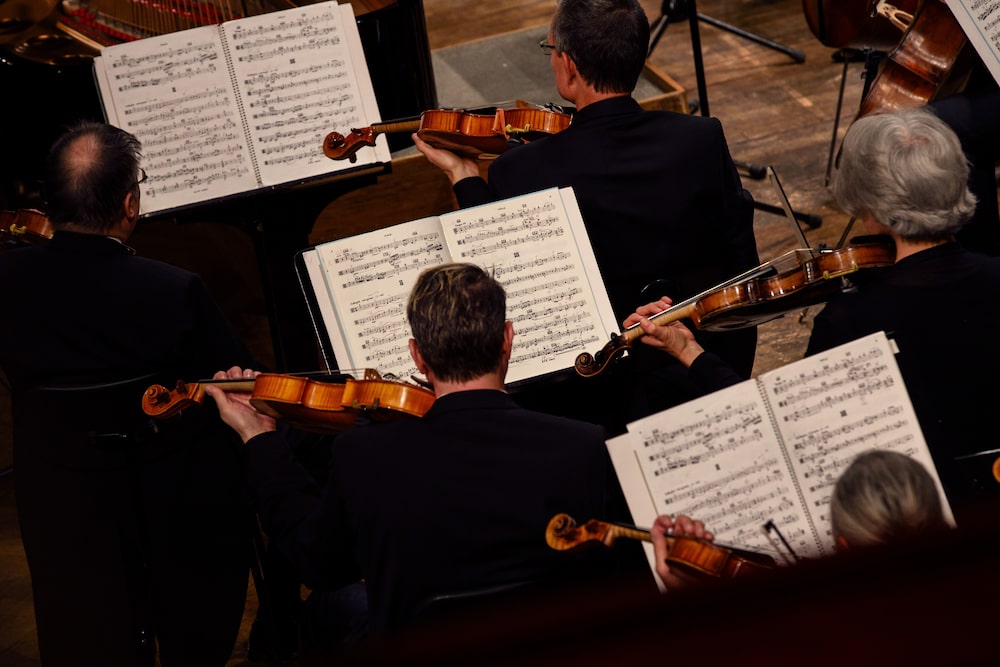
Strauss’ spirit seeps through the streets of Vienna. On my misty morning, I stroll through leafy Stadtpark, marvelling at Edmund Hellmer’s gold-plated Johann Strauss monument, featuring the man and his beloved violin. We lunch at The Hoxton Vienna , one of the city’s newest openings. It’s a sharp mid-century space swathed in rich tones of plum and forest green and dating back to the Fifties – a brutalist juxtaposition in the city of palaces.
Our trip coincides with one of the most exciting events at the Wiener Konzerthaus – 1,000 people on stage gathering in a magnificent ode to another Viennese star, Gustav Mahler and his Symphony Nr 8. Young, old, dressed up, dressed down – the crowd is diverse as it is large. We’re told that concerts are a popular way for all Viennese to enjoy weekends, and Strauss’ are plentiful.
For the locals, the King of the Waltz’s music is best enjoyed on one’s feet, the very definition of all things Viennese. The following day, we arrive at the legendary Thomas Schaefer-Elmayer Dance School, which still sees crowds queueing for coveted spaces in its dance programmes today. Viennese youth converge here, embracing their identity and heritage and preparing for the city’s ball season – a key on the social calendar. The Viennese ball season starts at the beginning of carnival and reaches its peak in January and February. Each season is celebrated with hundreds of enthusiasts public waltzing in the city centre.
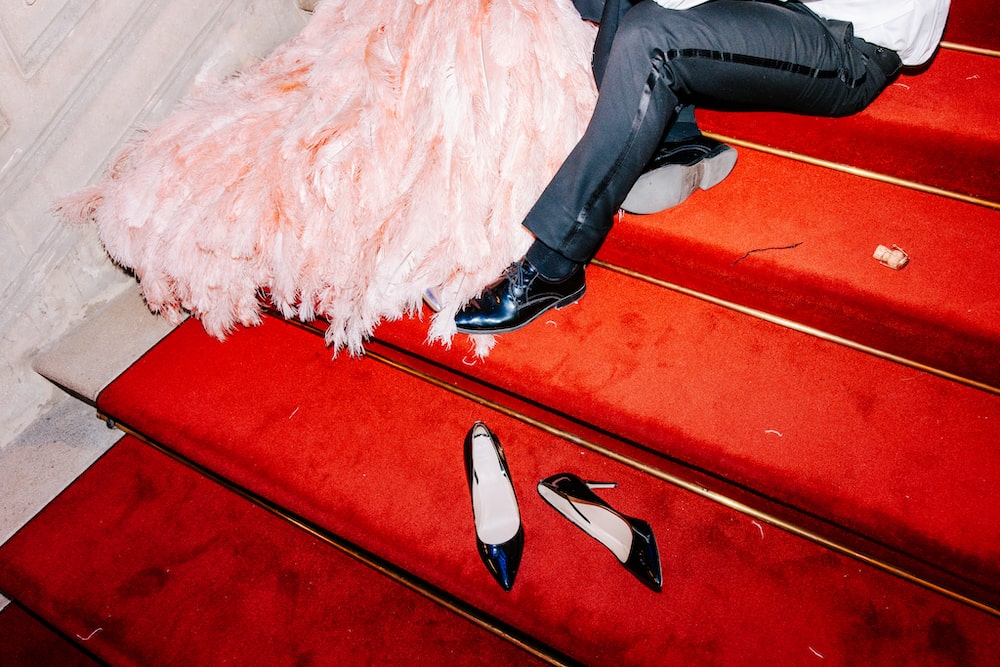
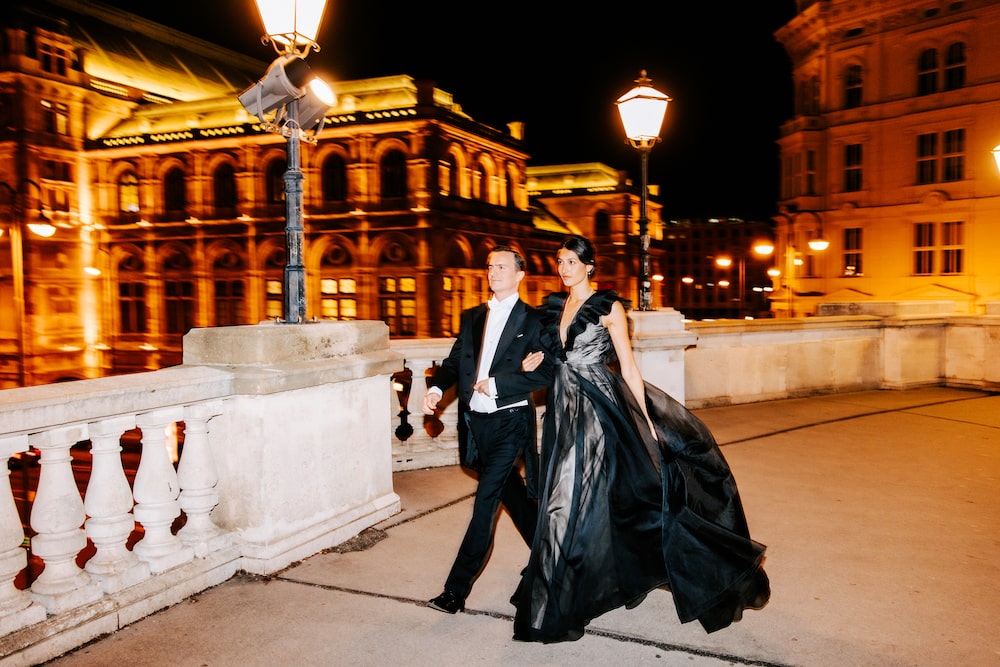
Vienna is old world, but the city’s residents are thinking outside the norm to bring Strauss’ legacy into the digital age and connect with younger generations. At the brand new Johann Strauss Museum – New Dimensions, travellers immerse themselves in a travelling audio and visual journey, taking them through the musician’s colourful life. Or, there’s the House of Strauss, a museum dedicated to the historic balls and concert nights that were held here – housed in the beautifully restored rooms of the Casino Zogernitz. The museum restaurant, Casino Kulinarium, serves modern Viennese cuisine and has a beautiful outdoor terrace in the summer.
On our last night, we enjoy dinner at Motto Em Fluss, a trendy riverboat on the banks of the Danube Canal. A fitting place on the Blue Danube to dine with artistic director of the Volksoper Vienna, Lotte de Beer. Along with Theater an der Wien and State Opera, the Volkscoper has been a centre for operetta, opera, music and ballet for over 125 years – routinely playing Strauss favourites, like Die Fledermaus, but also working with new talents to reinvent the wheel. ‘We’re working with young Dutch female director Nina Spijkers to put a modern interpretation of Strauss’ Eine Nacht in Venedig,’ she says, ‘It’s nostalgic, razor-sharp and quite dark’. A new piece for families by German director Axel Ranisch is an operetta based on Straus’ Aschenbrödels Traum, a Cinderella ballet that Strauss never finished. ‘We gave it to him and to a contemporary female composer and told them they have carte blanch,’ de Beer continues. ‘It will be great fun, with Strauss at the centre.’
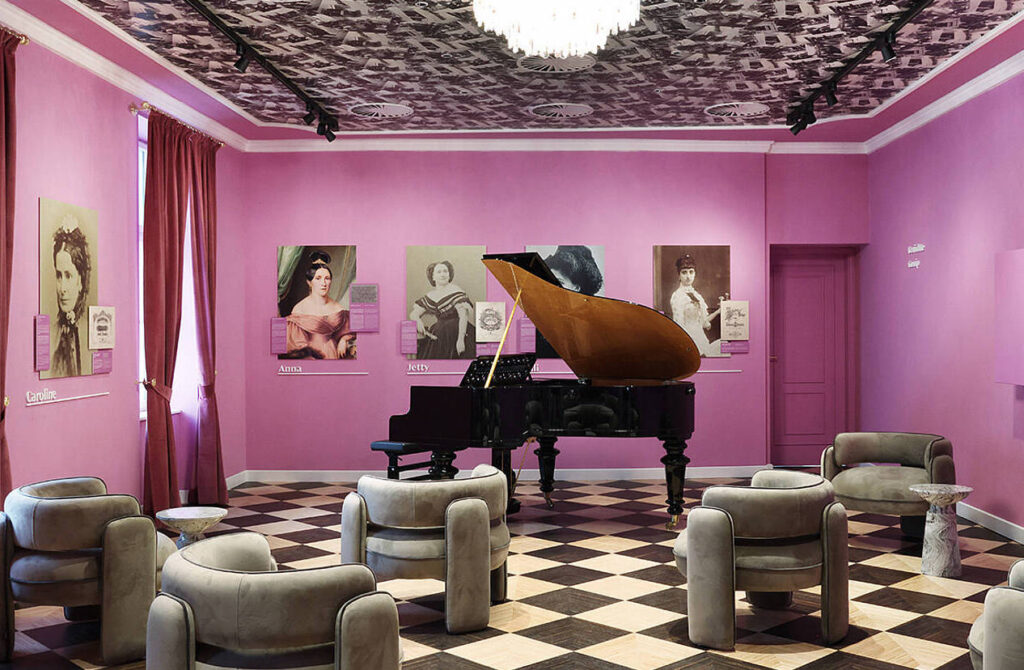
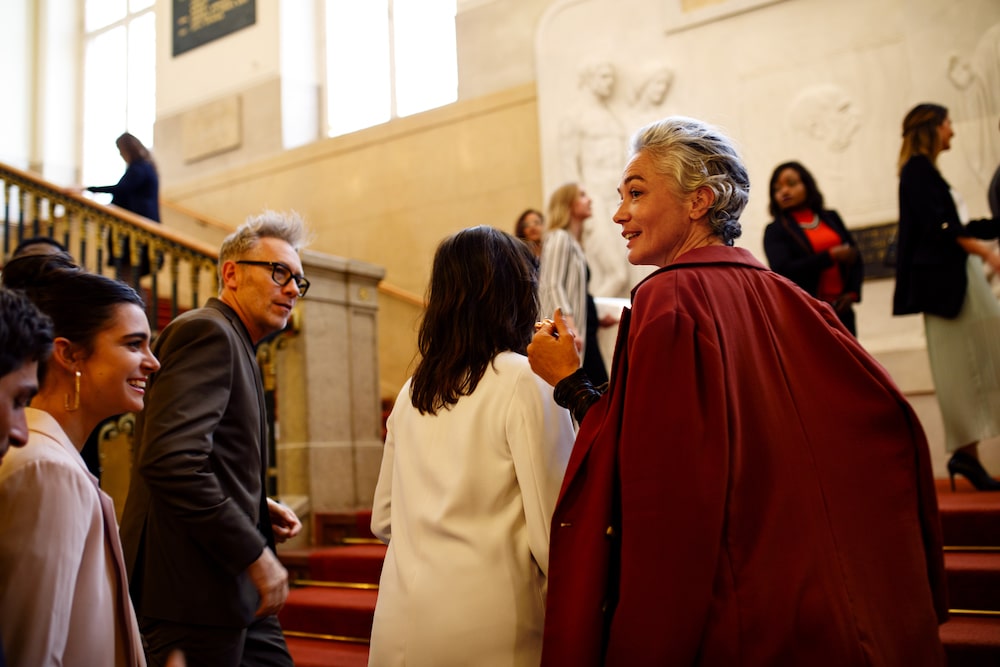
Vienna is an eternal city, representing an almost lost time and place – of waltzes and coffee houses and dressing for the theatre – and it’s doing all it can to keep this magic alive. And with 2025 seeing the city even truly embrace the music of its hero, Johan Strauss, there’s never been a better time to visit for music and culture lovers.
Address Book: Strauss’ Vienna
Where to stay in Vienna
The Palais Coburg: a former palace turned splendid grand hotel with just 35 suites. Experience aristocratic grandeur, plus a killer rooftop and indoor spa with swimming pool.
Hotel Sacher: A Viennese icon famed for its Torte. Past guests included Emperor Franz Joseph, Queen Elizabeth II and Prince Philip, Prince Rainier III of Monaco and Grace Kelly.
Where to eat in Vienna
Cucina Itameshi: An Italian kitchen with a Japanese twist, filled with trendy Vienna locals. It’s housed in a former imperial coffee house, Dogenhof, dating back to 1899.
Café Schwarzenberg: Vienna’s oldest Ringstrasse café opened in 1861 and popular with locals. Come for a mighty display of cakes and baked treats.
Restaurant Ofenloch: One of the oldest dining establishments in Vienna, reminiscent of the architecture and cuisine from the times of the monarchy. Expect old vaults, historic floors and refined Viennese cuisine.
What to do in Vienna
Johann Strauß Apartment: The beautiful living and working rooms of the original apartment are now a memorial to the musician – including an exhibition about the Waltz King.
Vienna State Opera: A 1,709-seat Renaissance Revival beauty offering opera and ballet featuring international stars – with the largest repertoire in the world.
Theater an der Wien: A glamorous concert hall and opera house (Beethoven once lived upstairs), with theatrical red boxes and curtains, fresh from a dazzling renovation.
Johann Strauss – New Dimensions: An immersive, audiovisual experience full of new, as yet unseen insights into the life, work and creative output of the King of Waltz.
Hofburg: One of the biggest palace complexes in the world, the former imperial residence-turned-museum offers classical concerts by the Vienna Hofburg Orchestra.
Elmayer Dance School: Master Vienna’s most cherished tradition at this prestigious and historic institution.
Leave a Reply Cancel reply
HOME
ALL ARTICLES
CURRENT ISSUE
ABOUT
CONTACT
Join our Newsletter
your email
Join our weekly newsletter for relevant, where to go now, our travel stories, unmissable offers, tips and what to do, buy and see that week
